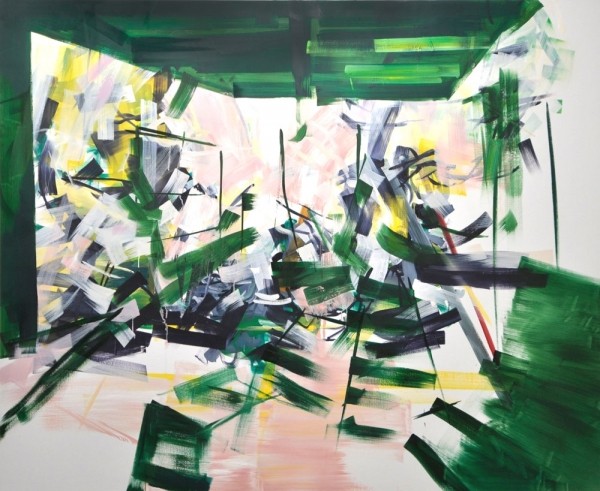LandscapesCitiesPeople
09 Jun - 26 Aug 2012
LANDSCAPESCITIESPEOPLE
Kasper Andreasen / Virginie Bailly / Katinka Bock / Cathérine Claeyé / Samuel Coisne / Frank Depoorter & Lore Rabaut / Luca Frei / ZimmerFrei / Tina Gillen / Roel Jacobs / Rupert Norfolk / Els Opsomer / Kurt Ryslavy / Sarah & Charles
9 June - 26 August 2012
The question on which the group exhibition LandscapesCitiesPeople reflects is: which new relationships between landscapes, cities and people appear in contemporary, late modern artworks.
One of the points of inspiration for the exhibition is derived from the way the relationships between landscapes, cities and people were artistically constructed at the beginning of modernity, in the late 14th and 15th centuries. The first appearances of the landscape in Western art were tied to the increasing importance of the city, and a new cultural model in which the individual view, rationale and actions began to play an active, creative role. it was through the pictorial representation of architecture that new relationships were indicated between man, the world and the divine, between inside and outside, here and there, culture and nature.
The exhibition takes as its starting point the assumption that we are in a kind of transition period where the modern cultural model seems to be exhausted and is subject to fundamental transformations, without a strong and clear alternative having yet emerged.
Kasper Andreasen / Virginie Bailly / Katinka Bock / Cathérine Claeyé / Samuel Coisne / Frank Depoorter & Lore Rabaut / Luca Frei / ZimmerFrei / Tina Gillen / Roel Jacobs / Rupert Norfolk / Els Opsomer / Kurt Ryslavy / Sarah & Charles
9 June - 26 August 2012
The question on which the group exhibition LandscapesCitiesPeople reflects is: which new relationships between landscapes, cities and people appear in contemporary, late modern artworks.
One of the points of inspiration for the exhibition is derived from the way the relationships between landscapes, cities and people were artistically constructed at the beginning of modernity, in the late 14th and 15th centuries. The first appearances of the landscape in Western art were tied to the increasing importance of the city, and a new cultural model in which the individual view, rationale and actions began to play an active, creative role. it was through the pictorial representation of architecture that new relationships were indicated between man, the world and the divine, between inside and outside, here and there, culture and nature.
The exhibition takes as its starting point the assumption that we are in a kind of transition period where the modern cultural model seems to be exhausted and is subject to fundamental transformations, without a strong and clear alternative having yet emerged.

